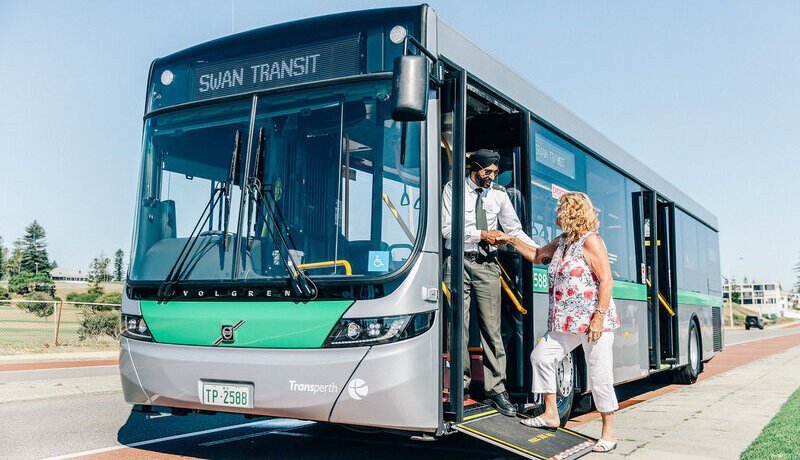A Day in the Life of the Mobile Workforce: Part 3
We’ve seen how technology supports mobile workers throughout their workday, but what happens after these workers are off the clock? Mobile technology has blurred the traditional boundaries separating work and personal lives, and while it has certainly increased the efficiency of each day, it has also increased the length and burden of work many of mobile employees.
There is no “clocking out“ when you’re carrying around a mobile device that people can reach you on through text, email, call, or app messaging 24 hours a day, seven days a week. Work and personal lives are blending even further as more and more employees work remotely from their home one or more days per week. Because of this, HR and management teams have new opportunities — and one could argue, responsibilities — to make qualitative improvements to employees’ personal lives, in the hopes of leading to more engagement, higher productivity and better loyalty and retention.
In this third and final part of our day in the life of the mobile workforce series, we look at a night for Anthony, the safety director for EnerT. He has led the charge implementing GreenRoad’s smart mobility platform along with other safety measures, and travels for work frequently to meet with the different branches and warehouses he oversees.
Work days are no longer constrained to the hours between 9 and 5
Anthony just booked a last-minute flight to New York City after his CEO expressed concerns about the amount the New York warehouse is spending on delivery vehicle repairs. He hasn’t had any time to prep for the big meeting or find a place to stay, and barely even has time to stop at his house to pack a bag before heading to the airport.
Before leaving work on Thursday, Anthony downloads all of the reports he needs from GreenRoad Central regarding the NY warehouse. He is able to make custom reports for the branch he is about to meet with, including analytics on individual driver safety scores, fuel consumption and optimization, vehicle health and repair reports and route info. He is quickly able to decipher that the company trucks most often needing repairs are linked to seven drivers with the highest and riskiest driving scores. Overall, he can determine that more than half of the branch’s drivers have unsatisfactory scores, and because of this, they are consuming more fuel than other branches with a similar number of vehicles, drivers, and distances traveled.
Anthony uses the Uber app to schedule a ride to the airport, and two future scheduled rides to pick him up from the airport and take him to his meeting once he arrives in New York City. Uber emails receipts directly to his company’s HR email address to take the responsibility of expense reporting off of busy employees. While waiting at the gate of the airport to board his departing flight, he uses his company laptop and connects to the WiFi hotspot HR provided him to book an Airbnb online with his company credit card. Anthony appreciates the tools his company provides that make all the mandated travel easier on him; without perks like the WiFi hotspot, he would never be able to complete all his work on time each day, leaving him stressed and likely unsatisfied with his job.
He works to further prep for tomorrow’s meeting while he waits. He makes a custom report in GreenRoad Central of risky drivers to discuss with the NY warehouse manager, as well as fuel and vehicle health reports from over the last year to denote concerns. He also uses his company credit card to order three Amazon e-gift cards that he can forward on to employees of the NY branch who have low driver safety scores to award them for their attentiveness.
Technology is evening the playing field, for companies and employees around the world
It’s a new workforce and a new world, and while mobile technology is making companies more efficient, it’s also creating more competition for devoted employees. Access to mobile technology has made it easier for companies around the world to both operate and recruit talent. Additionally, employees like Anthony, Annie, and John want to work for companies that care about the challenges of their day-to-day lives, and are actively seeking to listen and improve operations for their mobile workers.
Even traditional mobile workforces like sales teams are feeling this shift. Employees are generally less loyal, but have higher expectations for the technology their workplace provides. They want to do good work in the most efficient manner possible, and they have less and less patience for red tape and management inefficiencies that halt their productivity. Providing this mobile technology is no longer just an IT initiative – it’s falling onto the shoulders of human resources, accounting, and management as well.
Every workforce is different, and employees experience different efficiency-related pain points based on their typical schedule, type of work, and even the management style of their department. Talk to your mobile workforce about their biggest hindrances, think about your own productivity challenges, then see what technology might exist to address those needs. Every positive day you can create for your employees is a day they stay engaged and productive for your company. And as the workday continues to lose its boundaries, these types of engagement and efficiency tools grow more vital for the survival of your mobile workforce and your business.





